العودة إلى المدونة
Smart Cities 2.0: Enhancing Urban Planning and Management in the Metaverse
03/08/2023
Callum Moates
Imagine a city where information flows effortlessly, services are readily accessible, and communities forge stronger connections, not limited by physical boundaries. The future is already here, with the metaverse making Smart Cities 2.0 a reality.
The metaverse is the next evolution of the internet, blurring the boundaries between the physical and digital worlds integrating technologies like virtual reality (VR), augmented reality (AR), 3D technologies, and the Internet of Things (IoT) to create an immersive experience.
Powered by the metaverse, Smart Cities 2.0 can benefit from enhanced urban planning by optimizing processes like traffic, waste, and utility management. Metaverse cities can also foster citizen engagement, empowering residents to participate in city planning and decision-making through virtual platforms. Ultimately, integrating the metaverse into urban environments could enhance residents' overall quality of life.
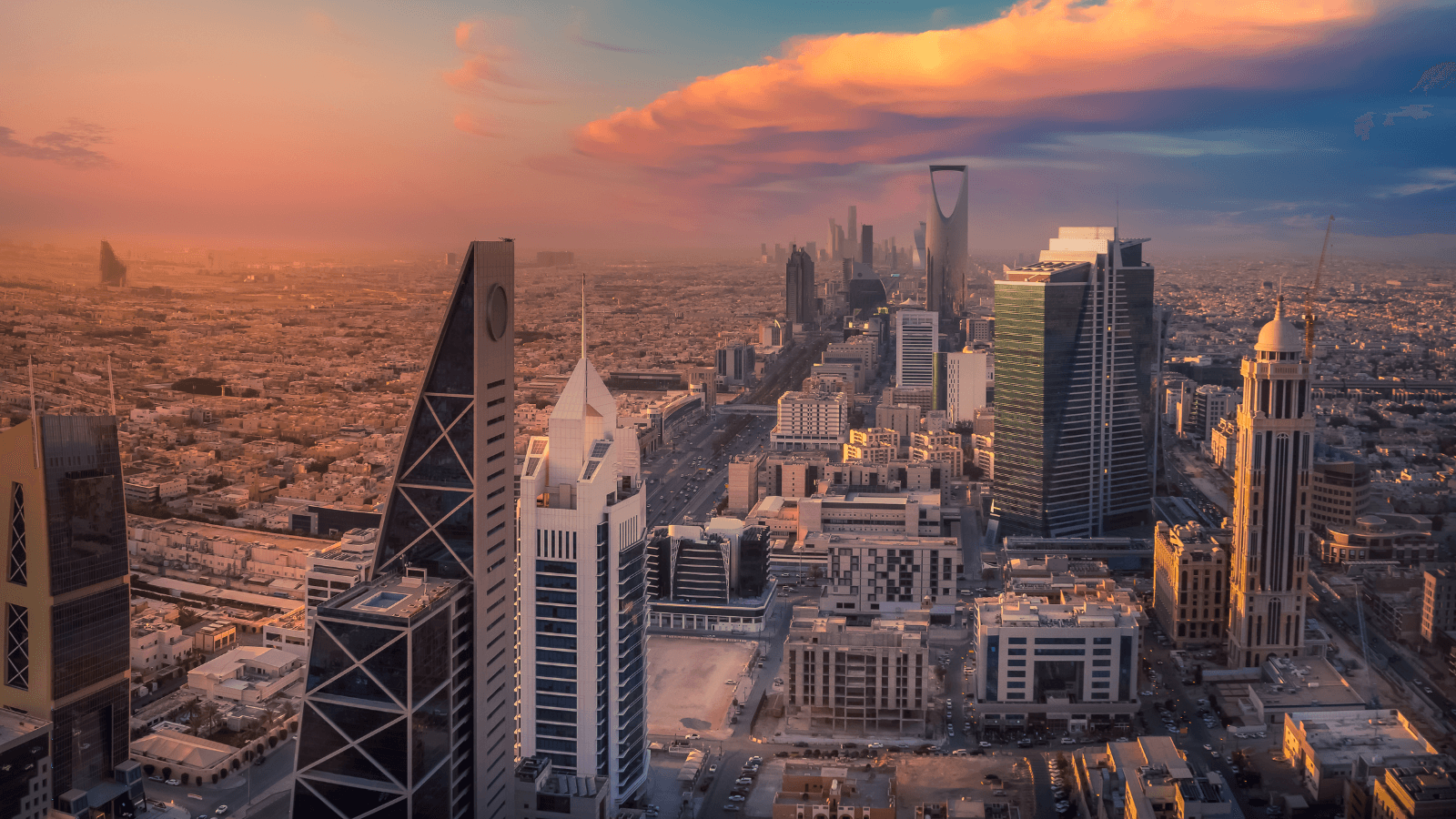
The metaverse and urban planning
Over the years, the metaverse has developed applications in several industries, including entertainment, gaming, e-commerce, and beyond. Now, it's all set to revolutionize a new sector - urban development and city planning.
If you look at the urban planning process in modern cities, it involves strategic design and organization of land use to create better infrastructure for citizens. The aim is to provide people with efficient transport, communication, and distribution systems, while continuously improving these services. That's where the 3D internet comes in. Think about replicas or digital twins of actual cities that could make service delivery efficient and virtual collaboration on city development easier. A place where all the stakeholders can come together to design and evaluate various development scenarios for the city.
The metaverse can influence urban planning in several ways, including:
Accessibility to government services: Citizens could access government services and communicate with officials virtually in the metaverse. The delivery of services will get more adaptable, cost-efficient, and effective. South Korean capital city, Seoul, is a prime example of how the 3D internet can improve administration and services. Seoul invested $3.3 million in a visionary five-year plan to establish 'Metaverse 120 Center.' This innovative hub allows residents to interact with virtual avatars of public officials and gives them access to essential city services in an immersive virtual environment.
Testing and simulating urban development projects: Urban planners would be able to test scenarios and make informed decisions for city development through the metaverse. Some cities in the United States, like Orlando, are also developing 3D replicas of towns within the metaverse to allow local governments to see the potential effects of proposed infrastructure changes. These digital twins help them plan and tackle challenges in urban development.
Improving transportation systems: The 3D internet opens opportunities to create digital twins of cities that are integrated with multi-modal transportation networks. Virtual replicas of systems like airports and roadways can help optimize routes for cost and time by using artificial intelligence to create less friction for travelers between origins, stops, and destinations.
Enhancing training for city officials and emergency responders: City officials can test various disaster scenarios through simulations in the metaverse, identify weak points, and develop more effective emergency response plans. Immersive 3D simulations will allow emergency responders to undergo crisis management training in a controlled environment.
Optimizing energy usage: Global carbon emissions from cities through buildings using heaters, cooling systems, and lighting can be reduced using the metaverse for digital twins. These digital twins of buildings can analyze large amounts of data to create ‘if-then’ scenarios to predict optimal energy usage. These virtual replicas can reduce the facility’s carbon emissions by 50% and increase operational and maintenance efficiency by 35%, as per a report published by EY.
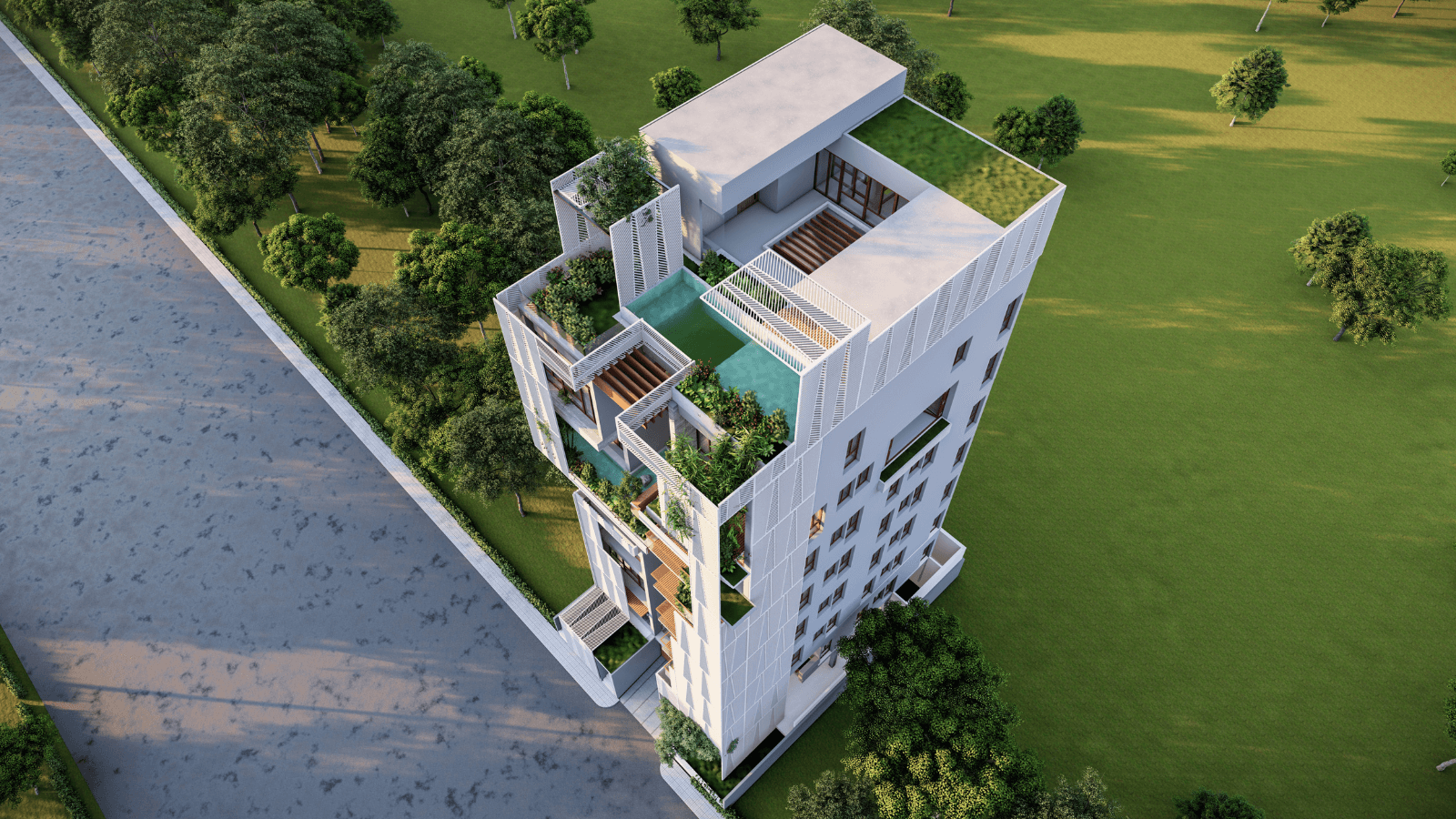
Citizen engagement in Smart Cities 2.0
Involving citizens in urban projects by asking for their input is crucial for city development. However, citizen engagement rates are quite low at present. According to a survey by Pew Research Center, only 48% of American adults participate in any civic activity. In the past, surveys and town hall meetings alone were quite effective in engaging with residents, but modern governments need help establishing the same level of connection.
The metaverse has the potential to change that by leveraging its interactive features to create unique opportunities to engage citizens in the planning, development, and decision-making processes for smart city projects.
Here are a few ways citizen engagement is possible in the metaverse:
Virtual town hall meetings: Cities could host virtual public consultations and workshops in the metaverse, allowing citizens to participate from their homes. ‘Metaverse Seoul,’ the Seoul Metropolitan Government’s (SMG) virtual municipal office, will enable citizens to join consultations virtually.
Interactive visualization of proposed projects: Citizens can explore proposed smart city projects through 3D models and simulations in the metaverse. They can visualize and experience how infrastructure, transportation, and urban planning changes will affect their daily lives, enabling them to provide informed feedback and suggestions. For instance, New Rochelle, a city in New York, while preparing a plan to transform a six-lane highway into a network of streets and a park, used virtual reality (VR) headsets for residents to visualize the redesigned space so that they could share their feedback.
Collaboration in identifying and solving urban development challenges: The 3D internet enables collaborative design sessions where citizens can connect with urban planners and policymakers to identify problems and co-create Smart City initiatives. As an example, the Amsterdam Institute for Advanced Metropolitan Solutions (AMS) creates apps and platforms to test and validate urban planning ideas quickly. A major project at AMS is the Social Urban Data Lab, which collects information about city problems from several residents in real time to help urban planners and decision-makers make more informed choices.
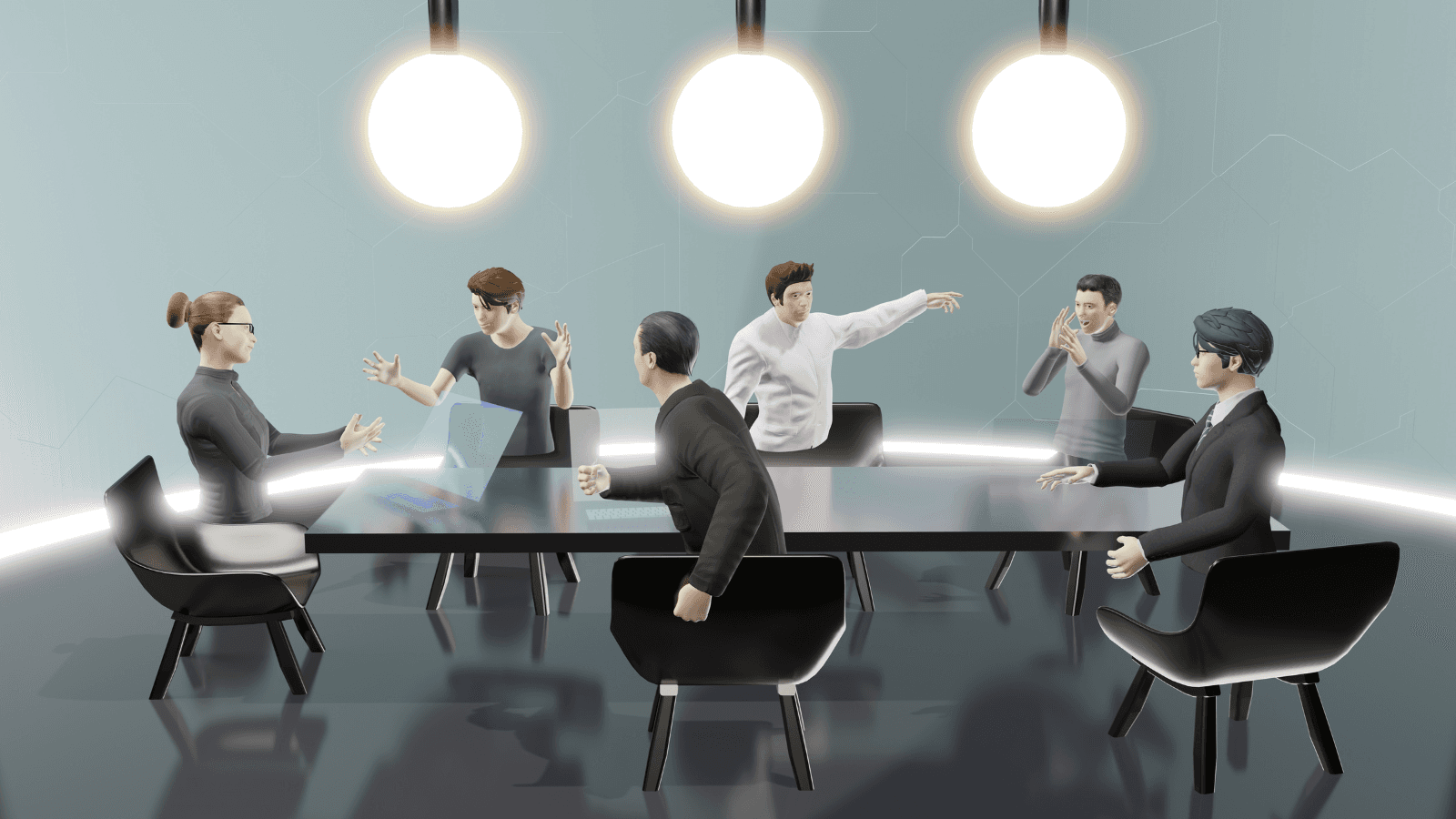
IoT and data Integration in the metaverse
Around 60% of the world's population is expected to reside in urban areas by 2030, as reported by UN-Habitat in their World Cities Report. This demographic shift is likely to put substantial stress on city resources, but clever use of technology can help Smart Cities tackle the challenges ahead. The Internet of Things (IoT) can be crucial in developing Smart Cities 2.0. IoT-connected sensors can collect real-time data and insights from urban areas, empowering city officials to offer necessary services through more informed decision-making.
IoT and the metaverse are closely linked technologies. IoT allows the metaverse to interact with and understand the real world. The metaverse, on the other hand, works as a 3D user interface for IoT devices.
In the metaverse, IoT-powered digital twin cities can use data collected to create 3D virtual versions of real-world objects like roads, houses, and city infrastructures. This technology helps improve aspects of urban living, including air quality, energy consumption, parking space availability, pedestrian or vehicle traffic on the roads, and more.
Here are some ways IoT and data integration in the metaverse can help optimize how facilities and resources are allocated in smart cities:
Traffic management: IoT sensors can collect data to inform digital twins in the 3D internet about traffic flow, reducing congestion and saving residents time. Smart parking systems using this technology can offer real-time guidance to drivers, directing them to free parking spaces within the city. Singapore is an excellent example of a smart city implementing an ERP (electronic road pricing) system, which utilizes IoT to monitor and effectively monitor and control traffic conditions across the island.
Waste management: Using IoT-supported smart sensors can enhance the management of waste bins in the city. With these intelligent sensors, tracking the bins' location and monitoring their total capacity can be done through visualizations in the metaverse. An excellent example of this technology in action is Evreka, a company from Turkey that fits garbage bins with sensors to gather data on the bin's location, fill ratio, and temperature, which is then sent to cloud servers to help improve truck routes.
Smart lighting: Adaptive smart streetlights equipped with IoT sensors can optimize brightness levels and usage times to reduce energy consumption and costs. An excellent example of implementing a smart lighting system is Paris, which recently updated its old streetlights with 280,000 IoT-enabled smart streetlights helping the city save 70% on its yearly streetlight energy expenses.
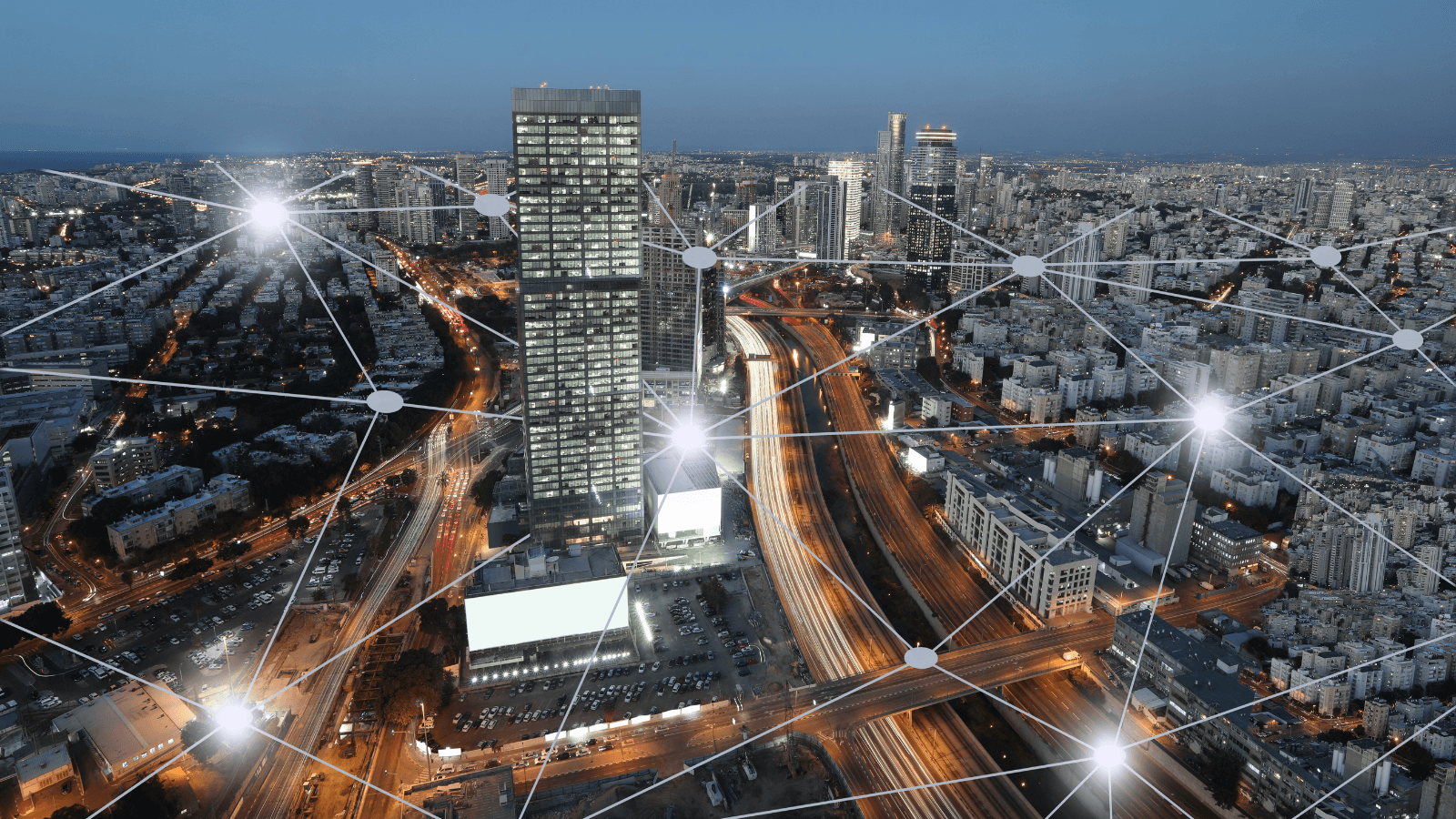
Collaboration and partnerships for Smart Cities 2.0
Governments are increasingly turning to strategic partnerships and collaborative efforts in response to complex challenges that agencies can't readily resolve through traditional ways. One such problem is navigating urban planning and management challenges in building Smart Cities. Governments, tech companies, and urban planners must work together to navigate the complexities of Smart City projects that leverage the 3D internet through public-private partnerships (PPP). For instance, ‘Metaverse Seoul,’ Seoul’s metaverse–based city, offering residents services virtually, is being created through a public-private partnership between South Korea’s central government, over 700 metaverse companies, and other local government bodies.
Each stakeholder brings a unique perspective to the table, and their collaboration ensures that Smart Cities are developed holistically, efficiently, and sustainably:
Tech companies can develop and deploy advanced solutions, like IoT devices, 3D internet technologies, data analytics platforms, and smart infrastructure, that are vital for the functioning of Smart Cities.
Urban planners can ensure that Smart City projects are aligned with the urban fabric and address urban challenges. They can help create inclusive, sustainable, and livable spaces for residents.
Governments are critical in creating an enabling regulatory environment for Smart City projects. They can create policies that promote innovation and ensure data privacy and security. Government bodies can also foster PPPs essential for successfully implementing smart city initiatives.
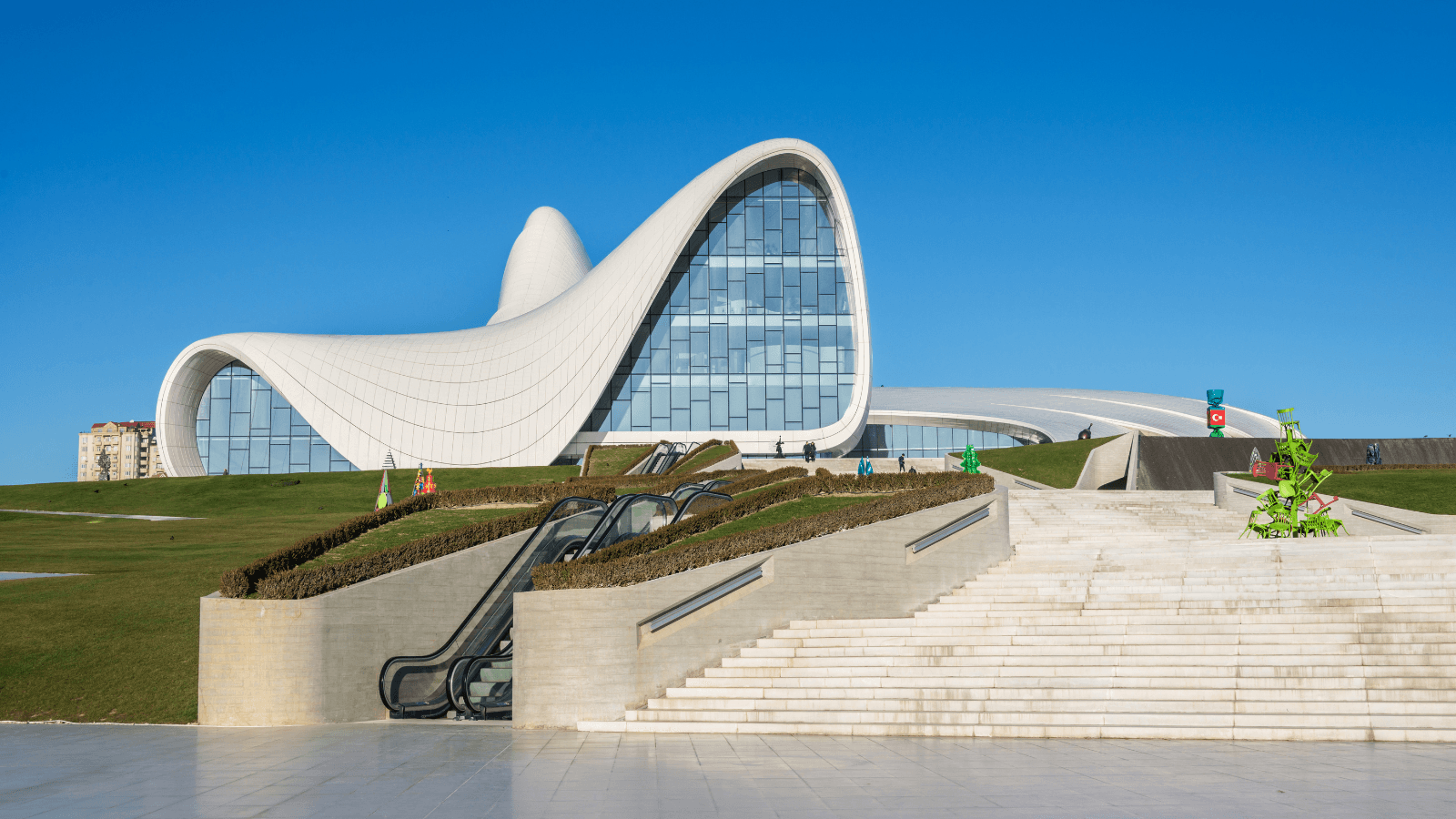
Conclusion
The metaverse offers a unique opportunity to improve urban planning and management by creating digital twins, leveraging IoT data, and fostering PPPs in smart city projects to address pressing challenges more efficiently. This technological evolution lays the foundation for Smart Cities 2.0, where cities integrate with the 3D internet to build resilient, sustainable, and citizen-centric smart cities. These cities of the future will be brighter and more inclusive, where innovation and collaboration lead to a better quality of life for all residents.
Are you an urban planner or government body looking to develop Smart City projects? We can help you build and scale digital twins in the metaverse to enhance urban planning and service delivery for citizens. Get in touch with us!
03/08/2023
Callum Moates
اشترك في النشرة الإخبارية الشهرية لدينا
حول LandVault
لاند فولت هي أكبر منشئ في الميتافيرس مع أكثر من 100 مليون قدم مربع من العقارات الافتراضية، وأكثر من 120 مبدعًا بدوام كامل، وقرابة 300 مشروع منجز. لقد ساعدنا العلامات التجارية على البناء والنمو في بيئات الألعاب منذ عام 2017 وفي الميتافيرس منذ عام 2021.
